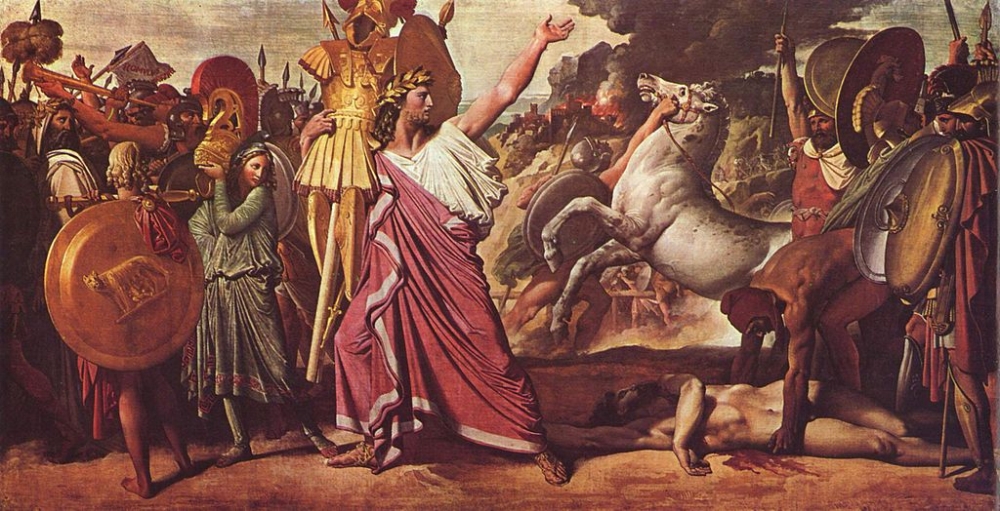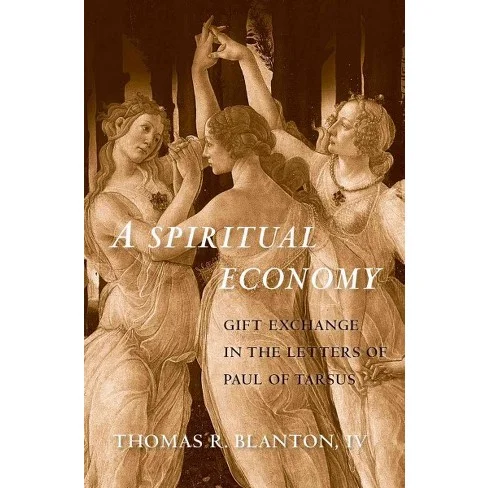In my dissertation, I group twelve authors by chronology and language of writing. Chapter two treats Velleius Paterculus (d. 31 CE), Tacitus, and Suetonius (d. 126 CE), three authors separated by time, genre, rank, and aims, but unified in their approach to imperial history as in certain respects a recapitulation of regal history; determined by the ancestry of the Julio-Claudian emperors.
Read MoreBook Note | Inconsistency in the Torah
In Inconsistency in the Torah, Joshua A. Berman turns the critical lens on source criticism itself, arguing that it is built upon several epistemological flaws and illustrating these with a variety of case studies.
Read MoreWeek in Review (12/14/18)
Coptic Papyrus Fragment | Seventh-century papyrus and ink from the Monastery of Epiphanius, Egypt | Image Source
Coptic Papyrus Fragment | Seventh-century papyrus and ink from the Monastery of Epiphanius, Egypt | Image Source
This Week: Creative pedagogy, unfinished Bibles, ancient letter networks, Yemeni cultural heritage, Coptic magical papyri – and much more!
Read MoreTeaching Hebrew Bible with Creative Writing
“The Bible is, and will likely long continue to be, both building material and building. It’s a treasury of the ancient world, a storehouse in which lie a large percentage of the glittering gems which survived the ancient Levant in any form. And it’s a doorway through which the ancient Levant continues to shape the present, as well as the history of how this heritage has been repeatedly reshaped and by whom.”
Read MoreBook Note | Assembling Early Christianity: Trade, Networks, and the Letters of Dionysios of Corinth
Cavan Concannon’s Assembling Early Christianity: Trade, Networks, and the Letters of Dionysios of Corinth examines the traces of an understudied bishop to draw larger conclusions about how early Christianities effloresced and dissolved over time.
Read MoreWeek in Review (12/7/18)
Neo-Assyrian bas-relief from Ninevah of Assyrian king Ashurbanipal slaying a lion | Currently housed in the British Museum, London | Image Source
Neo-Assyrian bas-relief from Ninevah of Assyrian king Ashurbanipal slaying a lion | Currently housed in the British Museum, London | Image Source
This Week: Journeys in the east, Assyrian kings, Gothic queens, surprises with Sappho, ambitious digital humanities initiatives, Torah on display – and more!
Read MoreAmalasuintha: The Transformation of Queenship in the Post-Roman World
Unlike these Gothic queens, Amalasuintha was more than an instrument of diplomacy: she was diplomacy, a ruling mother who dealt with legates directly, without an interpreter since she knew so many languages
Read MoreBook Note | Journeys in the Roman East
Tabula Peutingeriana
Tabula Peutingeriana
“Like a Roman idol marking a crossroads in a way that makes visible the danger and domination that was always there, focusing on travel allows writers ancient and modern a vantage point on interplays between materiality and ideology that otherwise might slip by us.”
Read MoreWeek in Review (11/30/18)
Announcement of the resurrection of Christ, from a C13 Peshitta Gospel | State Library of Berlin, Sachau 304, parchment manuscript 195 Bl., f.106v | Image Source
Announcement of the resurrection of Christ, from a C13 Peshitta Gospel | State Library of Berlin, Sachau 304, parchment manuscript 195 Bl., f.106v | Image Source
This week we return from break: forgery, apocrypha, disreputable professions, Syriac, material ancient religion, a liberal sprinkling of Samaritans – and more!
Read MoreBook Note | Trade and Taboo: Disreputable Professions in the Roman Mediterranean
In fact, Bond argues, it is in part because of the indispensability of these professions that they were so stigmatized. The lowbrow, servile nature of these labors disqualified members of the elite from practicing them, but the dependency of civic institutions and day-to-day well-being upon them brought great wealth and power to those within the trade.
Read MoreWeek in Review (11/16/2018)
English Hebrew Psalter, open at Ps. 6:7-9:19, with extensive French and Latin annotation | MS. Bodl. Or. 621, f.2b, early thirteenth-century | Image Source
English Hebrew Psalter, open at Ps. 6:7-9:19, with extensive French and Latin annotation | MS. Bodl. Or. 621, f.2b, early thirteenth-century | Image Source
This Week: The resurrection, Bulgarian Byzantium, the Jewish Bible, Gospel books (or not), open access digital tools - and more!
Read MoreGospels Before the Book
Ignoring, or at least unaware of, the disjointed discourses about gospel textuality and authorship within the first centuries of the Common Era, modern historians of ancient Christianity speak about first century gospel texts in ways unknown in the first and second century discourses about the gospel.
Read MoreBook Note | Resurrection of the Dead in Early Judaism
“As Elledge’s book capably demonstrates, it is the diversity, complexity and adaptability of resurrection belief—the very attributes that make it so difficult for scholars to pin down—that characterized and facilitated its growth in early Jewish thought.”
Read MoreWeek in Review (11/10/2018)
So-called “carpet” page from the Burgos Bible | Dated 1260, from Burgos in Spain | Image Source
So-called “carpet” page from the Burgos Bible | Dated 1260, from Burgos in Spain | Image Source
This Week: Dissertation spotlight on the rabbinic bible, Pauline gift exchange, the Arabic Bible, tools for Hebrew, Bodmer papyri online, Judeo-Persian, piyyutim – and more!
Read MoreDissertation Spotlight | Daniel Picus
“I argue that that the rabbis are deeply concerned with the form, format, and divisions of the biblical text, and that these aspects of the text have a crucial role in rabbinic understandings of the formation and transformation of the reader.”
Read MoreBook Note | A Spiritual Economy: Gift Exchange in the Letters of Paul of Tarsus
A Spiritual Economy is a helpful addition to recent studies in gifts in the letters of Paul, and its multidisciplinary engagement contributes to the study of religion in antiquity and to broader conversations in history, sociology, and anthropology about gift exchange.
Read MoreWeek in Review (11/2/18)
Sixth/seventh-century incantation bowl with Aramaic inscription | From Nippur, currently in the Met Collection L1999.83.3 | Image Source
Sixth/seventh-century incantation bowl with Aramaic inscription | From Nippur, currently in the Met Collection L1999.83.3 | Image Source
This Week: Responses to anti-Semitism, forged scrolls, Constantine’s daughter, commemoration in Roman Syria, Antioch through time, a menagerie of ancient fauna – and more!
Read MoreBook Note | The Archaeology of Death in Roman Syria: Burial, Commemoration, and Empire
Whereas most archaeologists of Roman Syria focus on discrete regions, de Jong is the first to undertake a systematic study of burials from across the province.
Read MoreWeek in Review (10/27/18)
The basalt Tel Dan stele, C9-C8BCE | On display at the Israel Museum, Jerusalem | Image Source
The basalt Tel Dan stele, C9-C8BCE | On display at the Israel Museum, Jerusalem | Image Source
This Week: Ancient Jewish identity, Ioudaios in John, a crash-course in angels, assassins, Holy Land photography, collaborative apocrypha – and more!
Read MoreAncient Jewish Identity
“In Judaism, as we saw, a bad Jew was still a Jew. The belief in shared ancestry was the anchor that permitted some to drift without breaking loose.”
Read More


















